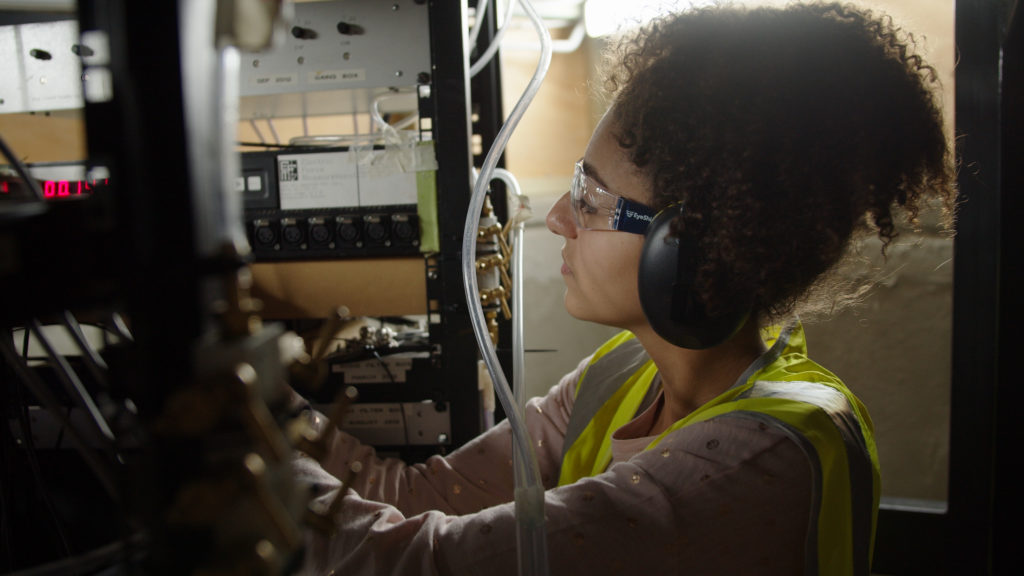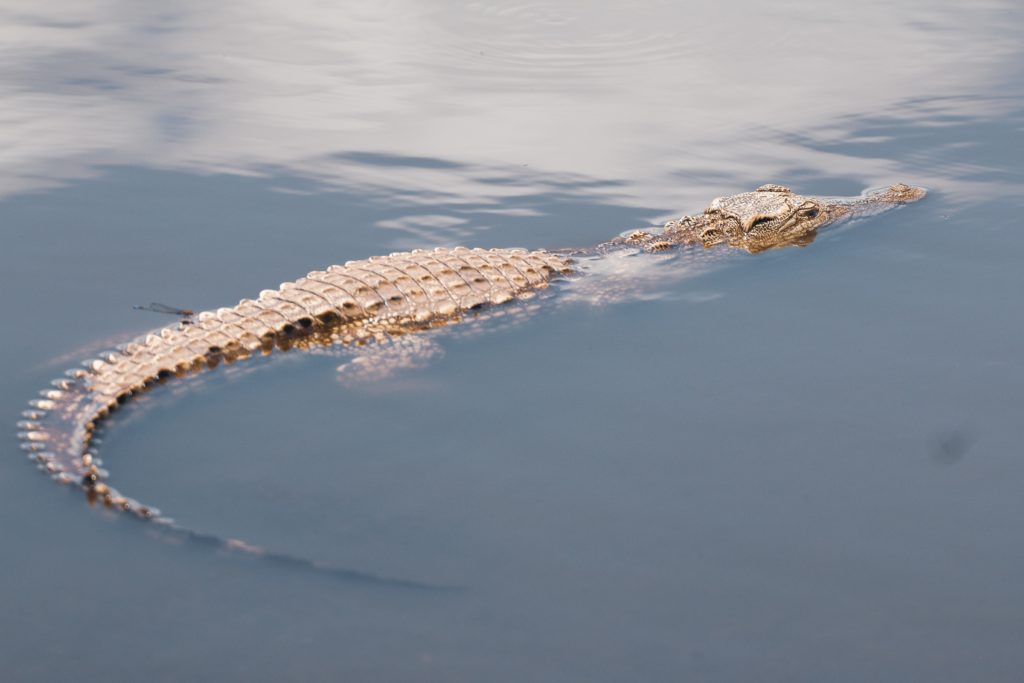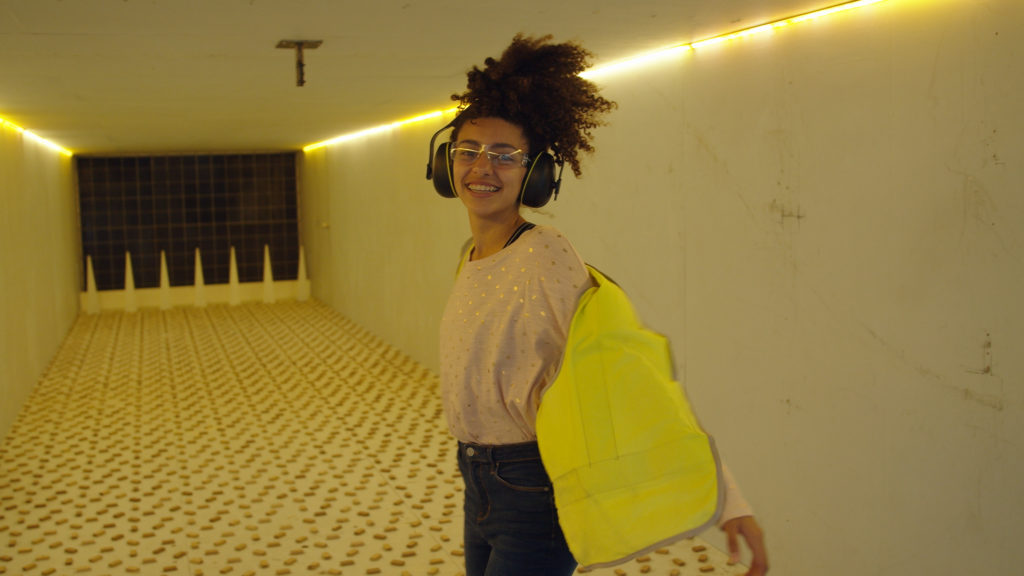
Angela Rofail’s engineering project was inspired by the natural environment.
You never know when inspiration will strike. For high school student Angela Rofail, the inspiration behind her entry to Australia’s most prestigious school STEM competition came while spying on a crocodile!
“When I was on holiday with my family in North Queensland, we visited a crocodile sanctuary,” Angela said.
“The shape of a crocodile’s back scales is very important. As they swim underwater, you can’t usually see ripples on the surface. This means they can sneak up on their prey without being noticed. This is so amazing. I wondered how I could use this information to solve real-world problems.”
When Angela returned to school at Sydney’s Presbyterian Ladies’ College, she snapped up this idea to use for her research project on building design. But how did she link her new-found knowledge of crocodiles to her project? With nature inspired design.
Buildings that c(rock)
“Many people think tall buildings stay still, but they are affected by strong winds and are in constant motion. This affects the health and safety of the people living inside,” Angela said.
“My project investigated the effect of adding crocodile inspired knobs around the corners of high-rise buildings to see if this reduced movement in strong winds.”
Angela used a variety of equipment to test her findings. She created a 1:400 scale model of a high-rise building and placed it in a wind tunnel. She then measured how much the model moved using an amplifier connected to the base of the model.
“Adding the crocodile-inspired knobs reduced the movement of the model significantly,” she said.
“This could have a big impact for buildings in developing countries that don’t have access to expensive materials”.

Angela’s project looked the effect of adding crocodile inspired knobs on high-rise buildings.
Nature inspired design
The process of studying the natural environment to solve design problems is called biomimicry. Angela explains how many design solutions rely on the natural environment.
“Although it doesn’t always seem like it, the natural environment has inspired many things we need and use on a daily basis. For example, in Japan, the kingfisher bird helped determine the shape of bullet trains. The kingfisher bird’s beak inspired engineers to solve the train’s problem of shock waves, by making the nose of the train more pointy and beak-like. Every day 420,000 people ride this bullet train. And all of them can now travel smoother and safer thanks to the natural environment,” Angela said.
Swaying buildings causes long-term motion sickness for more than 43 per cent of people. It has even caused buildings to collapse! In my project, I was inspired by the crocodile so without the natural environment, I could have never come up with my idea. And perhaps never found a solution for the global issue of building sway and collapse.
“There is a lot we can learn from the natural environment. It is important to use it so we can solve problems and potentially, save lives,” she said.

Angela’s advice is to follow your passion and look for people who can give you help and advice.
The power of positive role models
Angela entered her crocodile-inspired project into the NSW Young Scientist Awards. Then, she was named a finalist for the BHP Foundation Science and Engineering Awards.
“When I found out I’d been named as an awards finalist, I was so happy. I’m lucky to go to a school where teachers are supportive and older students have been such amazing role models,” Angela said.
“My advice is to follow your passion, look for people who can give you help and advice. And never give up”
The BHP Foundation Science and Engineering Awards are a partnership between CSIRO, BHP Foundation and the Australian Science Teachers Association (ASTA).
The awards featured an impressive line-up of Australia’s best STEM talent, including teachers and school-aged researchers and innovators, set to excel in their careers and become the leaders of tomorrow.


24th July 2020 at 11:01 am
Wow! Good to see young creative minds making waves, Congratulations Angela. Welcome to CSIRO family
12th July 2020 at 7:27 pm
This is a great story! Well done Angela!
3rd July 2020 at 4:15 pm
Congratulations Angela. Smart connect between water and air… both fluids with comparable properties, but not at all obvious that solutions in one medium have applications in the other. Great future ahead of you.